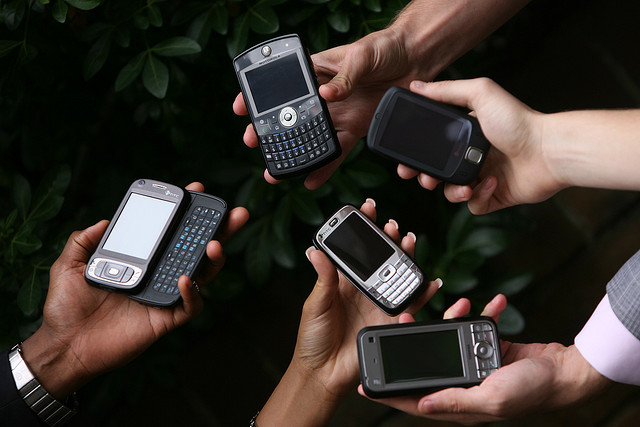The other day I was coming back from work and the bus I was on came across a traffic jam.. There was an accident and it took an hour for the police to make a report. The worst thing was that the battery of my Samsung Galaxy S4 was running low and it eventually dropped dead. There I was, sitting on a public bus, waiting for the jam to resolve (luckily the participants in the accident were not badly injured) and I was not able to phone home to tell my wife I was going to be late. All the futuristic functions of my high-tech smartphone miracle were completely useless in a situation in which I desperately needed only the basic phone feature – to call someone. Old-school classic mobiles had neither Internet searching options nor a camera, but their batteries were long-lasting and they fulfilled the only important characteristic of a mobile phone – making phone calls. Only later I learned that the latest trend in the mobile world is getting an old mobile phone. Encouraged by my stuck-on-the-bus experience, I decided to make a comparison between these two schools of mobile phones.
Vintage but Reliable
Back in the ’90s, we all had bulky bricklike mobile phones and they were not really esthetic eye-candies, but twenty or fifteen years ago, we did not know for better. The fact is that us, everyday users of mobiles, did not know at all that IBM released their IBM Simon Personal Communicator. Although this phone was not called a smartphone, it was the first mobile phone to have some features that can be defined as smartphone-friendly, such as sending and receiving e-mails and its users could even write texts with a stylus held in a hand.
That was the future from the past, but our reality back then were Alcatel, Samsung and Nokia models with simple functions. The monochrome screen was joined by plastic number buttons and a couple of functions, such as the alarm clock, the contact list and games. Generations grew up chasing the snake on Nokia phones. These mobiles were really poorly designed and they were totally impractical to be carried around. However, they were more reliable than today’s models. Also, old Samsung and Nokia showed that the best strategy for branding is producing reliable products, which then attract customers and keep them loyal.
Too-much-in-one Smarpthones
The first official smartphone was Ericsson R380 and it functioned on the basis of the Symbian OS. It was in year 2000 and it in a way announced the arrival of the new millennium. At the beginning of the 2000s Sony Ericsson managed to keep up the pace with the three most popular manufacturers back then. Later, as Apple introduced iPhone in 2007, the unparalleled development of smartphones was unstoppable.
It goes without saying that smartphones are miracles of the 21st century. However, today it seems that smartphones are made for all other features except for the basic purpose of a phone. Their batteries are not durable and most of them have to be recharged within 24 hours.
For people who work far from home, maybe the best solution is having a smartphone for pleasure and fun, while a classic old-school mobile phone should be carried in case of emergency, to be sure that you will be able to make that vital phone call.
